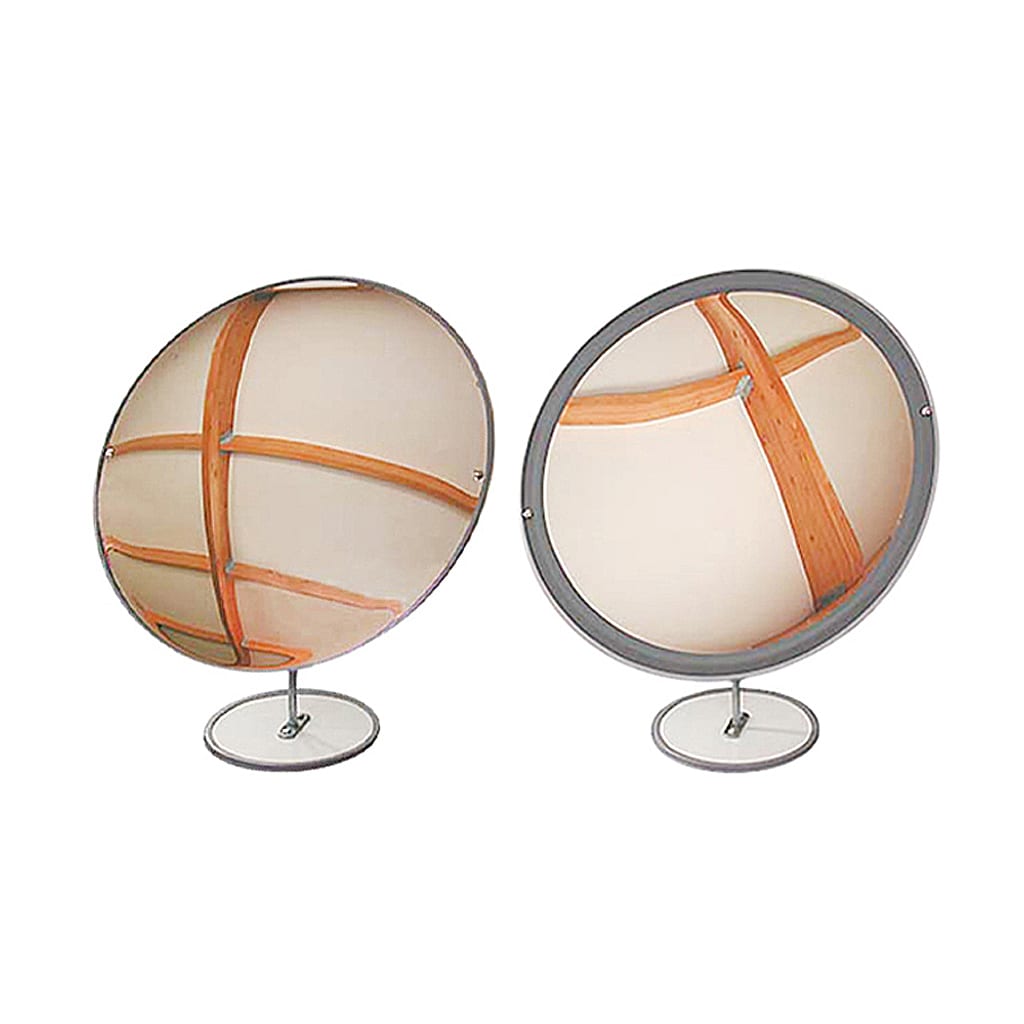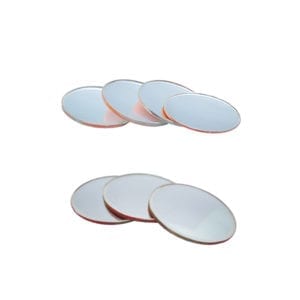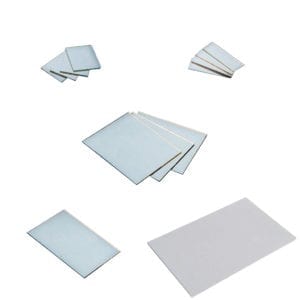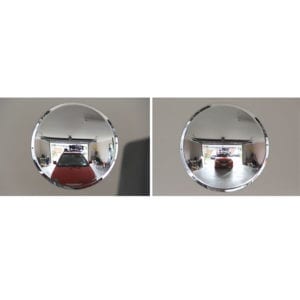MIRRORS [Concave-Convex]: Large, 600mm diameter.
These are non-breakable acrylic with protective PVC edges. Can be purchased as a set or individually. Supplied with an experiments booklet and mounting stands. Great for classroom demonstrations due to their large physical size.
Experiments include:
– Basic measurement of light;
– How to measure spherical aberration;
– How to measure sound and show that it is directional;
– How to create an illusion;
– The power of solar energy;
– Light refraction and reflection.
For other Mirror related options, click here.




